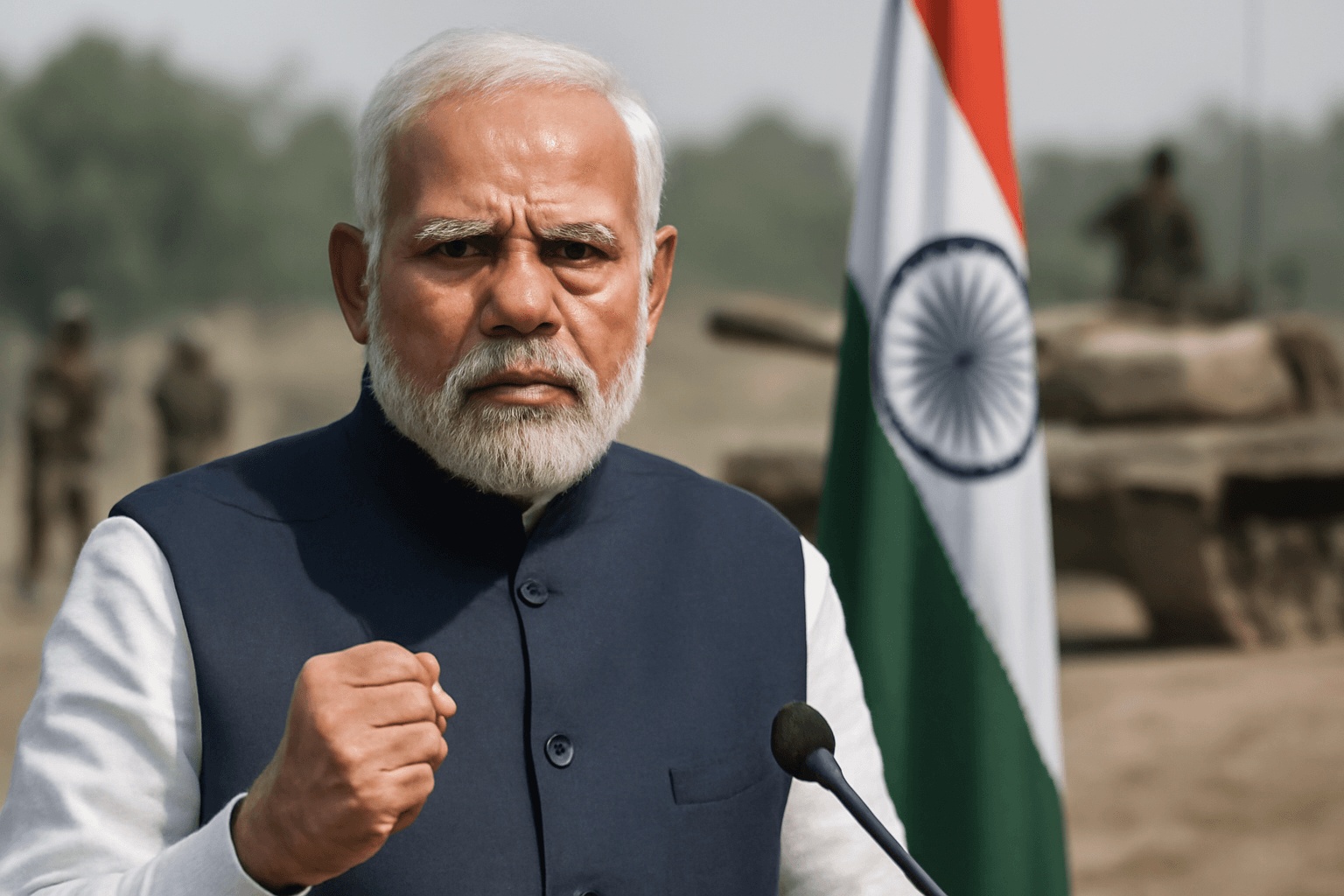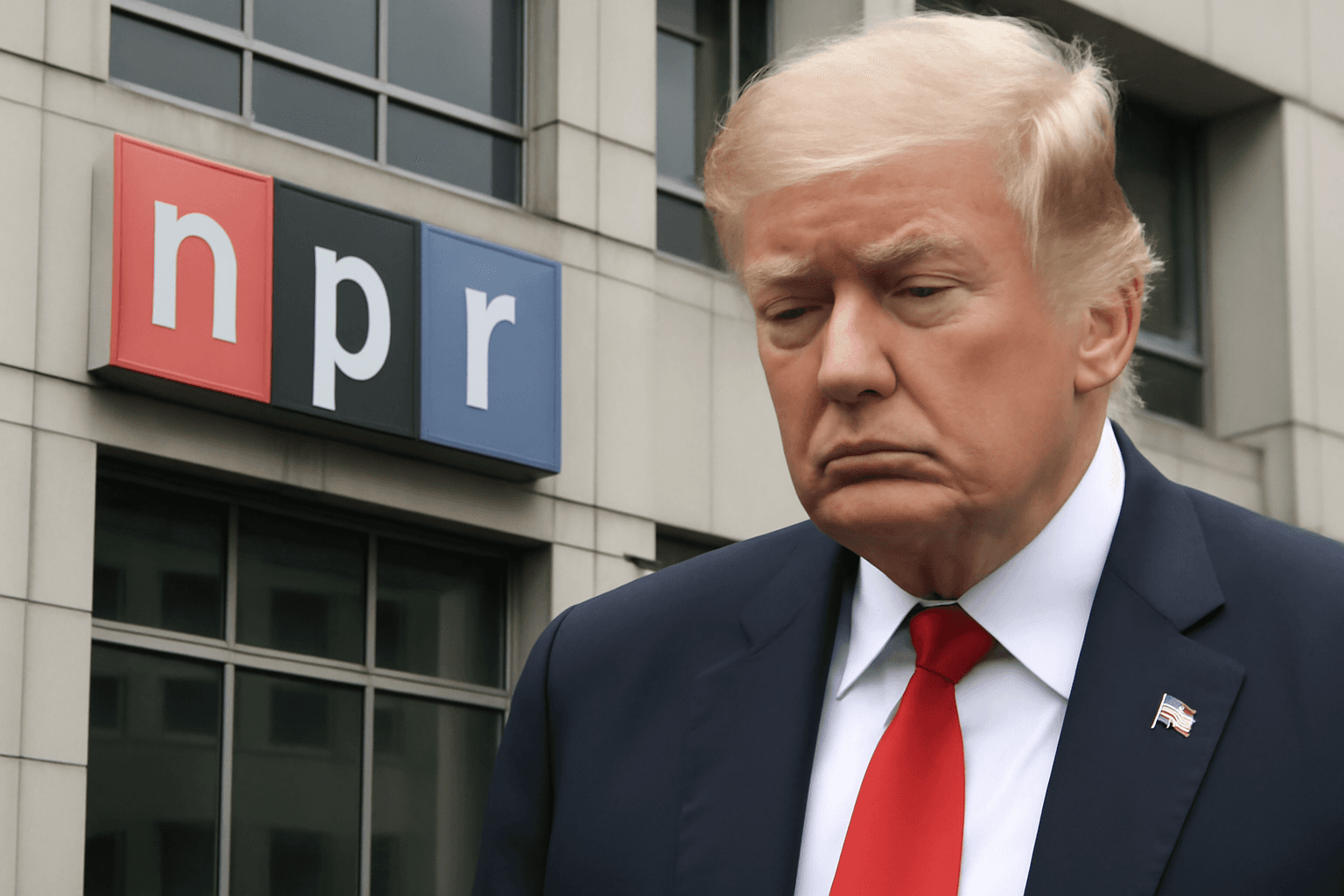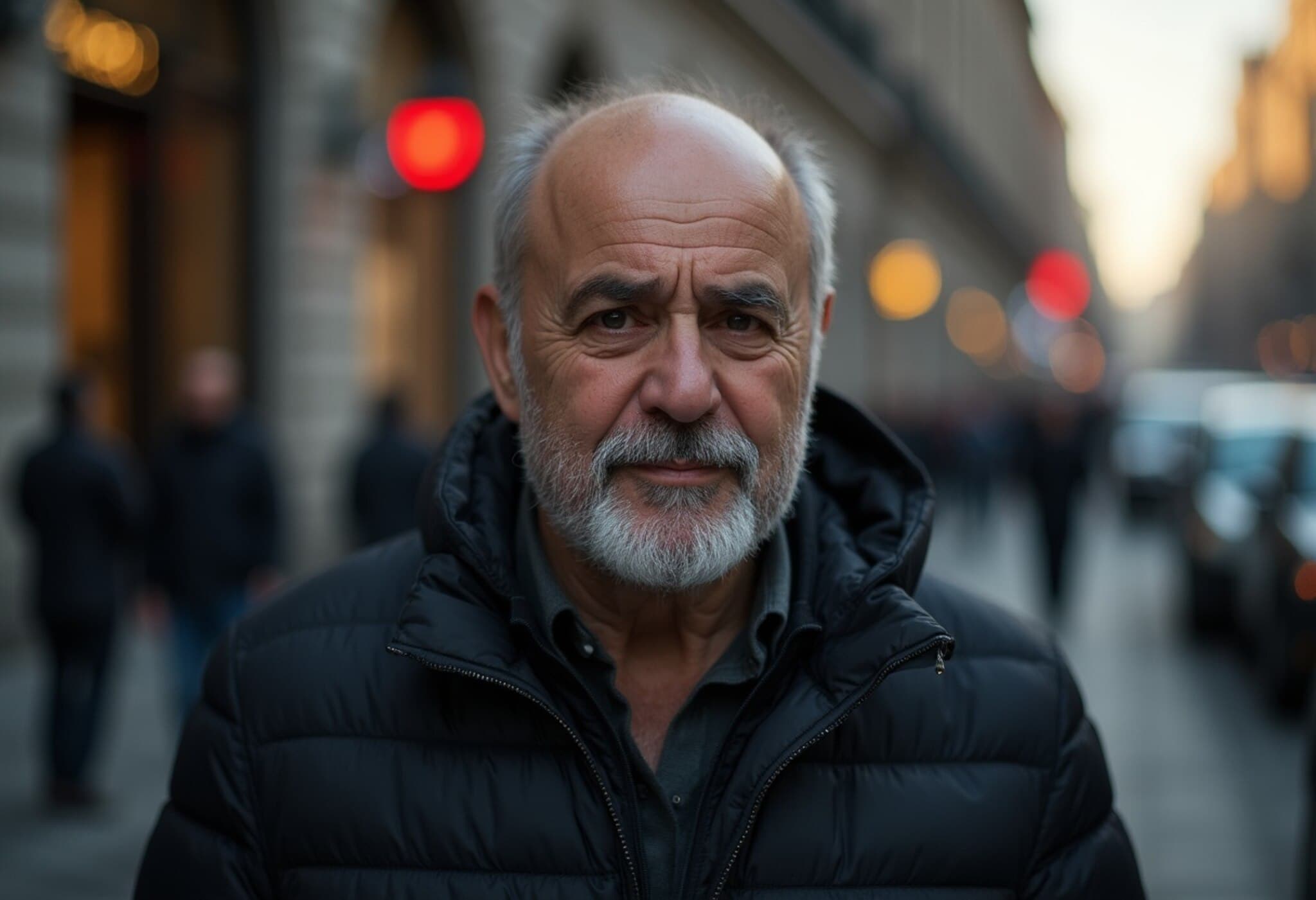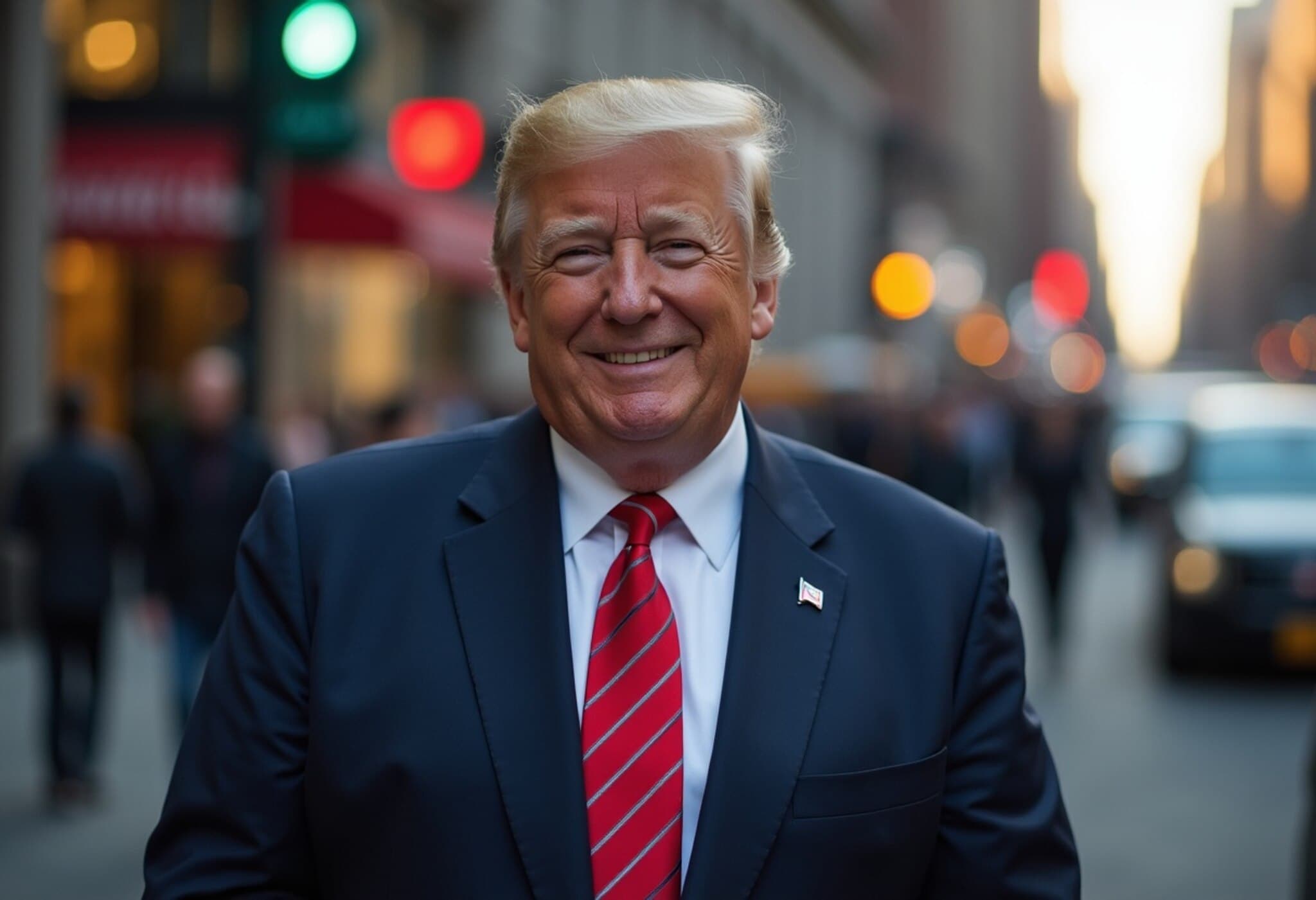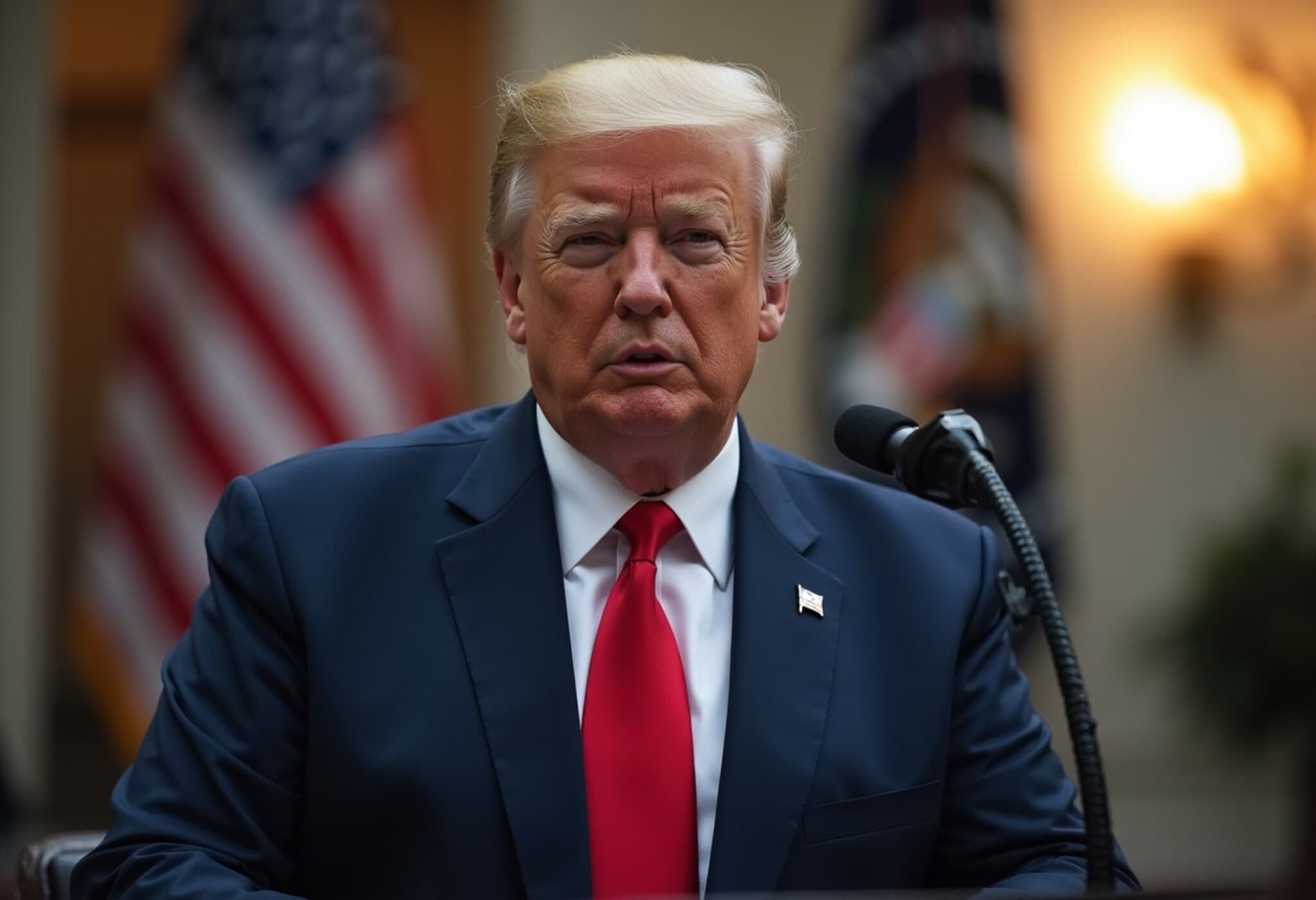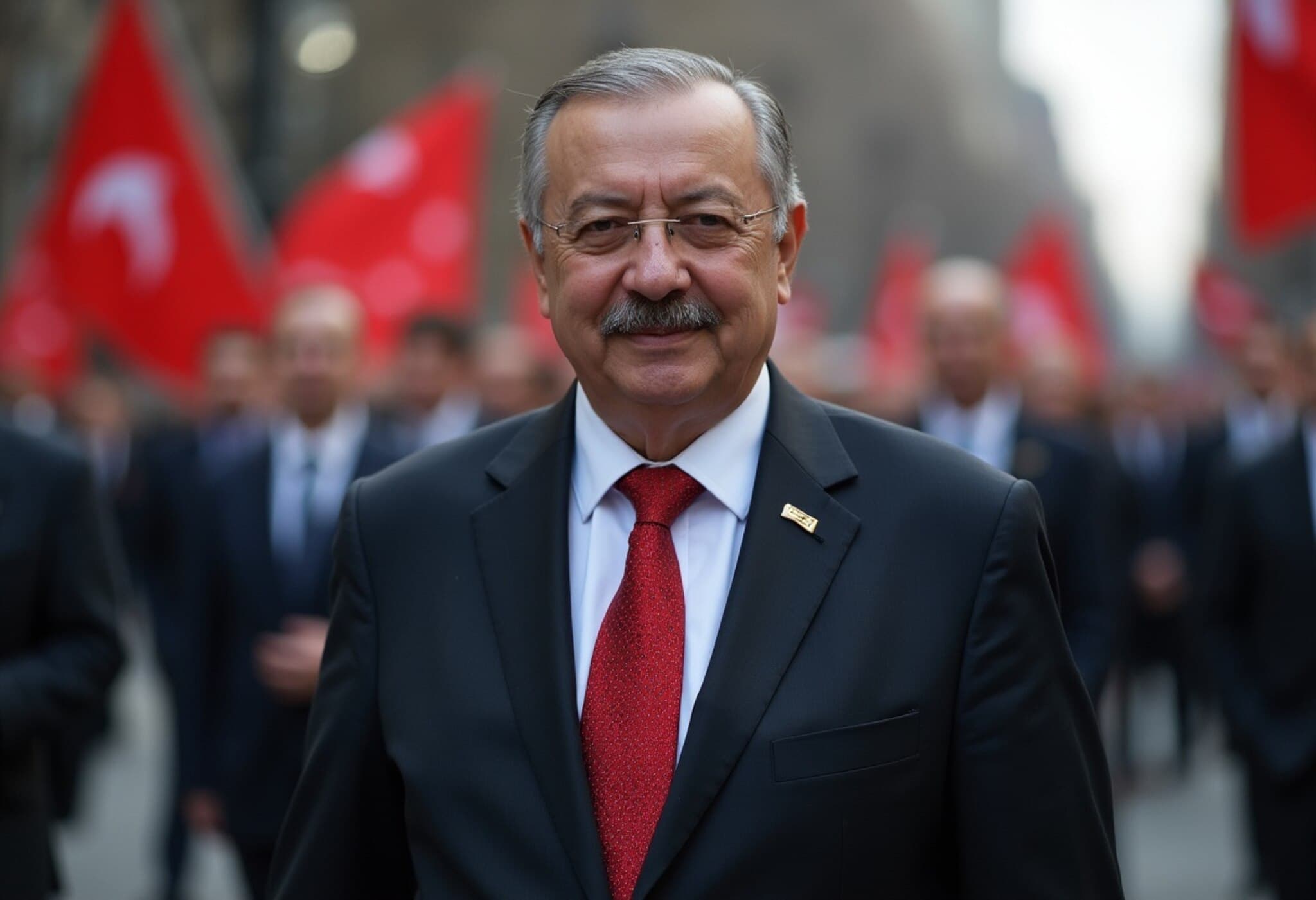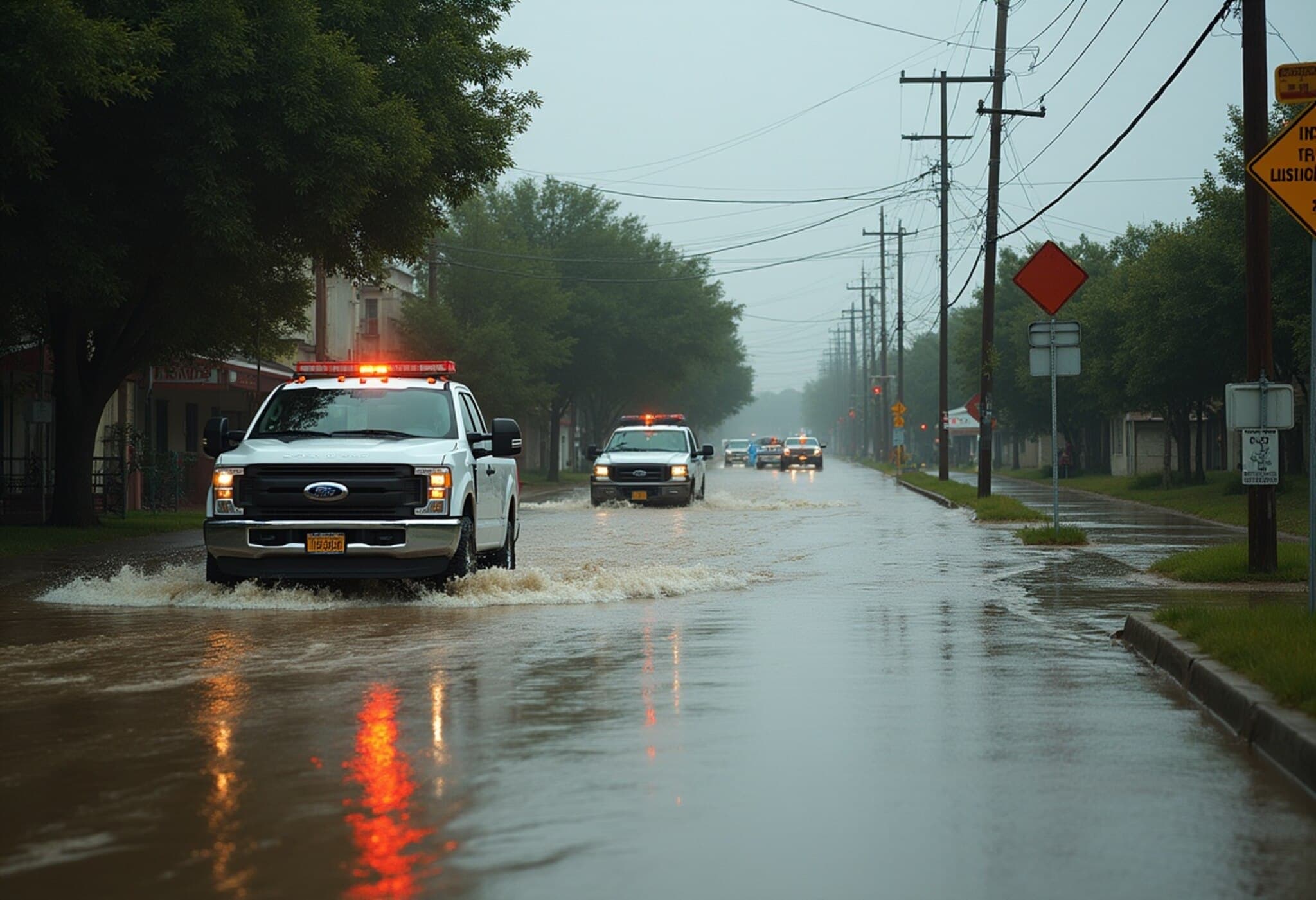Introduction
In the digital age, the media industry operates in a high-stakes, fast-paced environment driven by attention, engagement, and virality. With social media platforms rewarding sensationalism over substance, journalism is increasingly influenced by narratives that generate the most outrage rather than the most insight. India, one of the world's largest democracies and fastest-growing economies, often finds itself caught in this dynamic — and not always in a fair or factual light.
Patterns of Partiality: What’s Happening?
Several global news media outlets have been accused — both by Indian officials and independent observers — of consistently portraying India in a negative or overly simplistic light. These accusations span political coverage, religious matters, international relations, environmental issues, and internal conflicts.
Some of the common patterns observed:
Selective Reporting
Major achievements such as digital public infrastructure (e.g., UPI), space exploration (e.g., Chandrayaan), poverty alleviation, or democratic exercises like massive elections are under-reported or framed with caveats. On the other hand, domestic challenges like religious tensions, farmer protests, or minority issues are often amplified — sometimes without sufficient context or with outdated sources.
Out-of-Context Narratives
Complex sociopolitical developments are frequently reduced to simplistic binaries. For example, India’s internal policies are occasionally judged using Western liberal frameworks, ignoring cultural, historical, and constitutional specifics unique to India. Headlines often prioritize ideological framing over factual neutrality.
Reliance on Activist Voices Without Ground Verification
Some publications quote activist groups or social media influencers without cross-verifying on-ground realities. Anonymous sources, unverified claims, or one-sided commentaries are then amplified without giving space to alternate voices or the government's perspective.
Lack of Accountability for Errors
Several high-profile retractions or corrections about India have gone largely unnoticed or buried. Whether it’s misreporting during the COVID-19 pandemic, confusion over policy laws like CAA/NRC, or using unrelated images to depict unrest, accountability has been minimal.
Why Does This Happen?
Narrative Economics
Negative or controversial stories about rising powers generate more traffic and engagement, especially on platforms like X (formerly Twitter), Facebook, or Reddit. Stories that align with global ideological narratives — whether about authoritarianism, nationalism, or minority suppression — tend to perform better in terms of views and shares.
Lack of Ground-Level Journalism
Many international reporters no longer operate full-time bureaus in India and instead rely on stringers, freelancers, or secondary sources. This detachment can create a vacuum where nuance is lost.
Colonial and Geopolitical Hangovers
A post-colonial undertone is sometimes visible in how countries like India are framed — as needing moral supervision or democratic tutoring by the West. India’s assertive foreign policy or independent stance on global conflicts (like refusing to condemn Russia outright) challenges Western consensus, leading to negative framing.
Domestic Political Echo Chambers
Some of the global media coverage is also influenced by internal political biases within India, especially among elite circles, NGOs, or academics who have greater access to international journalists and institutions.
Consequences of Biased Coverage
- Erosion of Credibility: Repeated inaccuracies or ideological framing reduce trust in global media among Indian audiences, pushing them toward hyper-nationalist domestic sources.
- Diplomatic Strain: Misreporting or selective criticism occasionally causes friction in international relations and undermines public diplomacy.
- Global Misinformation: Many non-Indians form opinions about India based on these one-sided portrayals, affecting business, travel, and academic decisions.
India’s Response and the Role of Independent Media
The Indian government has increasingly taken a firm stand, rebutting misleading reports and encouraging fact-checking initiatives. At the same time, India’s own media ecosystem is evolving — with independent digital outlets, YouTube channels, and citizen journalism emerging to fill credibility gaps.
However, the solution is not censorship or wholesale dismissal of criticism. India, as a democracy, must encourage robust debate while insisting on journalistic integrity and fairness from all platforms — domestic or foreign.
The Way Forward
Encourage On-the-Ground Reporting
India should facilitate more foreign journalists to work on-ground with access to real stories, not just Twitter feeds or second-hand NGO reports.
Support Media Literacy
Indian readers should be educated to differentiate between reporting, op-ed commentary, and ideological advocacy. This can reduce outrage cycles fueled by viral headlines.
Demand Corrections Transparently
Whenever global outlets misreport, Indian institutions, journalists, and readers should push — professionally and persistently — for corrections and accountability.
Build Global Narratives Proactively
India must invest in international media collaborations, think tanks, and cultural diplomacy to ensure its story is told holistically.
Few Misleading Stories (2024–2025)
Here are verified examples of misleading or propagandist narratives:
GDP Growth Misreporting by News24 (Nov 2024) :
Claimed India's GDP fell 5.4%, while in reality, it grew by 5.4%. The tweet misrepresented a slowdown in the growth rate as a decline in GDP.
AI Deepfakes During 2024 General Elections
Fake videos featured deceased leaders endorsing candidates. These deepfakes went viral before verification could catch up, influencing public discourse.
Maha Kumbh 2025 Misreports
International coverage showed unrelated stampede videos and overcrowding photos from older events, wrongly linked to Kumbh.
Mathura Temple Crowd Video Passed Off as Kumbh Footage
A misleading video shared across media platforms misattributed a temple scene from Mathura to the ongoing Kumbh Mela.
Fake News During India-Pakistan Conflict (May 2025)
Reports falsely claimed Indian airstrikes on Karachi, military escalations, and internal coups in Pakistan. PIB and other agencies later refuted these as false.
Pakistan Uses Game Footage as War Propaganda
Pakistani state-affiliated accounts shared Arma 3 video game clips claiming they were real combat visuals from the conflict with India.
Misrepresentation of Defence Attaché’s Statement
Global headlines distorted India’s Defence Attaché's comments on Operation Sindoor, prompting the embassy to issue a clarification.
Canada Blocks Pro-India Pages? (2024)
Claims that Canada banned an Australian page covering India’s foreign minister were debunked as Meta’s standard global news restrictions were misrepresented.
Fake AI Voice Clip During Maharashtra Elections (2024)
Audio clips supposedly of politicians discussing cryptocurrency scams were proven to be AI-generated.
China-Linked Fake Sikh Profiles (May 2024)
Meta uncovered Chinese-run accounts posing as Sikh activists to spread anti-India propaganda during elections.
Conclusion
India deserves fair and contextual representation in global discourse. The current media climate, driven by social media metrics and ideological bubbles, often fails to capture its complexity. While constructive criticism is vital in any democracy, half-truths and biased storytelling serve no one — not even the media outlets that perpetuate them.
To uphold journalistic integrity and democratic values globally, media houses must re-examine how they cover rising nations like India. Balance, nuance, and ground reality should be the cornerstones — not bias, sensationalism, or agenda-driven coverage.








